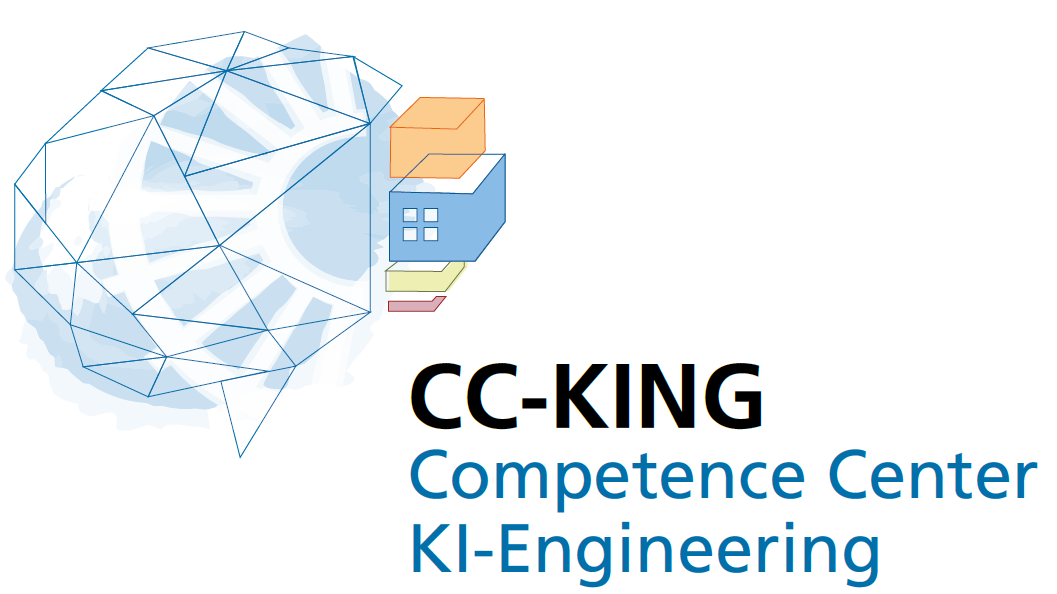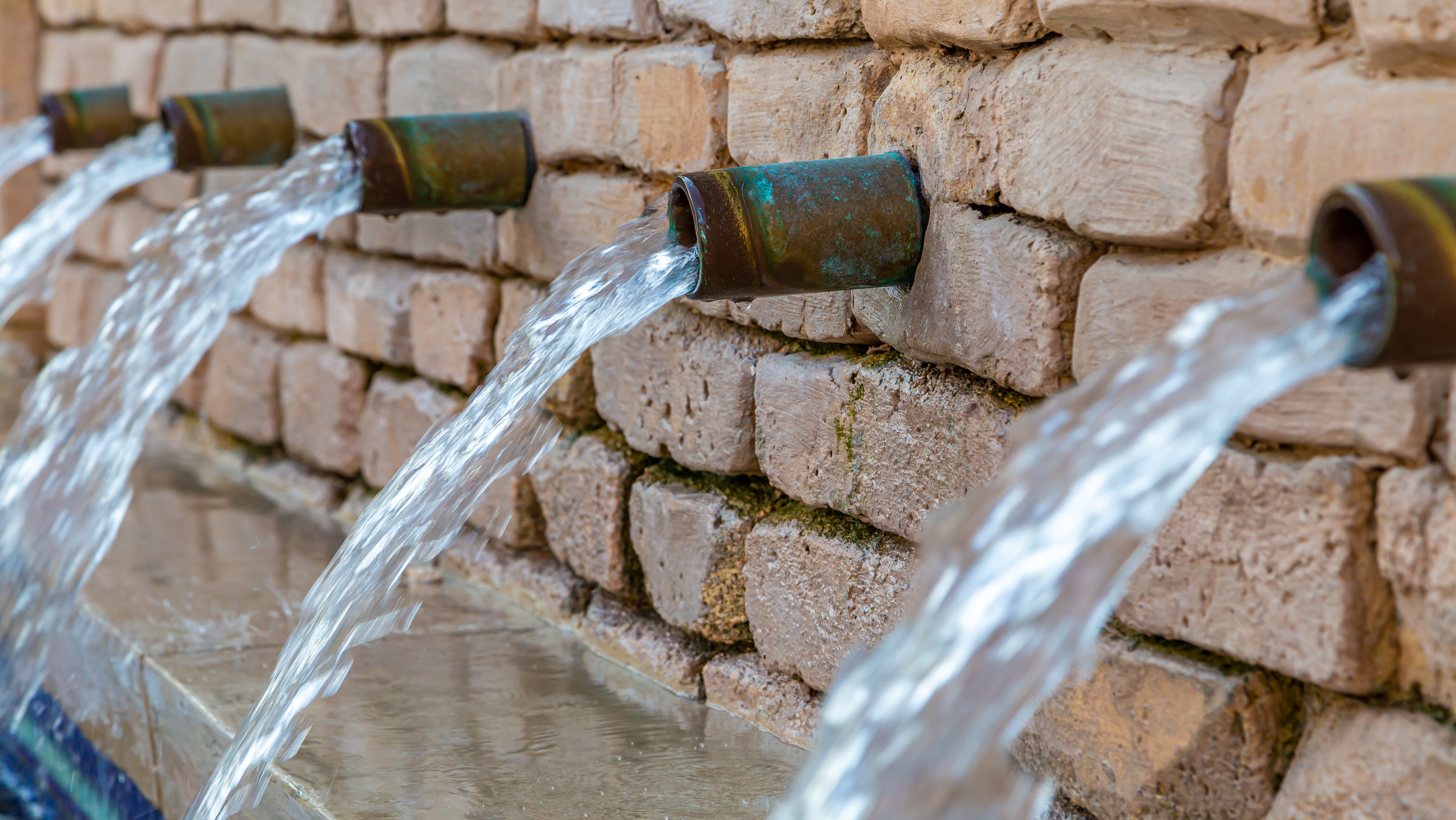
Initial situation
The condition of underground infrastructure systems like drinking water and wastewater networks, can be analyzed and evaluated in several ways. Direct inspections by using robots are state of the art but those approaches are epxensive and time consuming Meanwhile, network operators have more or less extensive damage statistics and inspection findings. Hence, to support operators, the company 3S Consult offers a high-quality asset engineering tool for underground infrastructure systems. Based on damage, failure or condition data, 3S performs an age-dependent analyses of the pipeline condition and supports various asset simulations for re-investment strategies.
Problem
Currently, damage statistics are evaluated using classical methods: experts select damage characteristics manually. Based on these characteristics, a statement is made about the condition of the installed pipeline system. The QuickCheck was therefore designed to investigate the extent to which an AI can assist experts. Specifically, two questions were investigated:
- Can a ML procedure be used to make a statistically reliable statement about the condition of pipes that have not yet been inspected?
- Can the relevant features for evaluating the pipe condition be identified by the AI?
Solution approach
To solve the problem, a deep neural network was used as a classifier and tested on a current data set with damage statistics. The gradient of the neural network was considered to analyze the most relevant features.
QuickCheck results
Using the neural network it was shown that a good statement about the current line condition can be made. The features selected by the neural network are also similar to those of experts. In summary, the results of the Quick-Check have shown that an AI is well suited to assist experts in the analysis of damage statistics.
 Competence Center AI Engineering
Competence Center AI Engineering